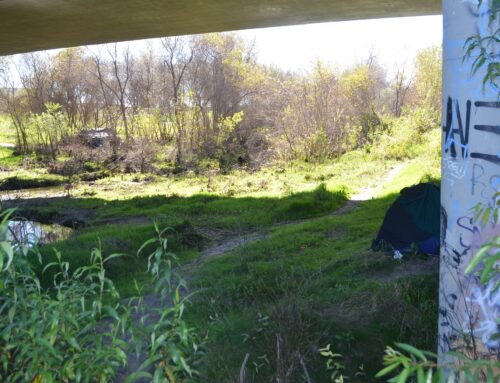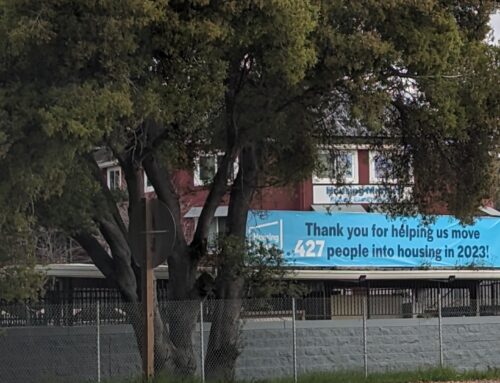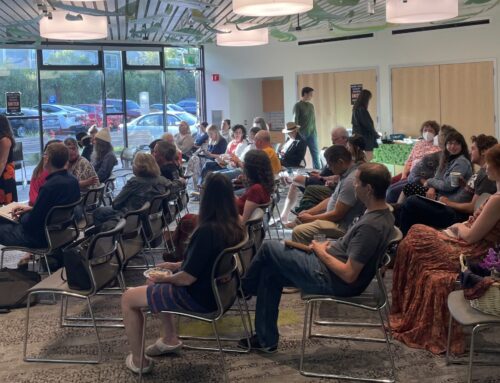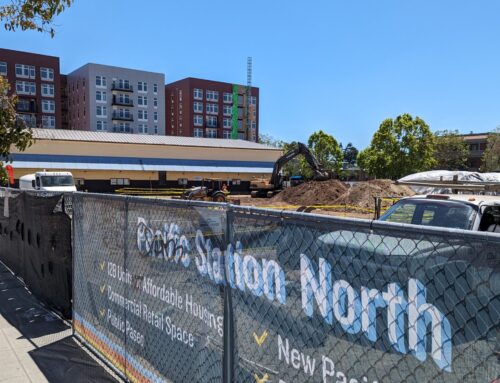Santa Cruz Local offers its Scotts Valley City Council recaps free as a public service. We want everyone to know what happens in local government. It makes our community stronger.
Santa Cruz Local depends on memberships from people like you to make sure vital information can be available to all. Can we count on your help?
SCOTTS VALLEY>> The Scotts Valley City Council on Wednesday voted against zoning changes that would have paved the way for up to 84 new homes at a contaminated former industrial site in the heart of the city.
The council voted unanimously against changing the city’s zoning, General Plan and development rules that would have allowed a future development at the former Aviza property near the Skypark neighborhood and the proposed Town Center. The project is at 440 Kings Village Drive and 467 Bean Creek Road.
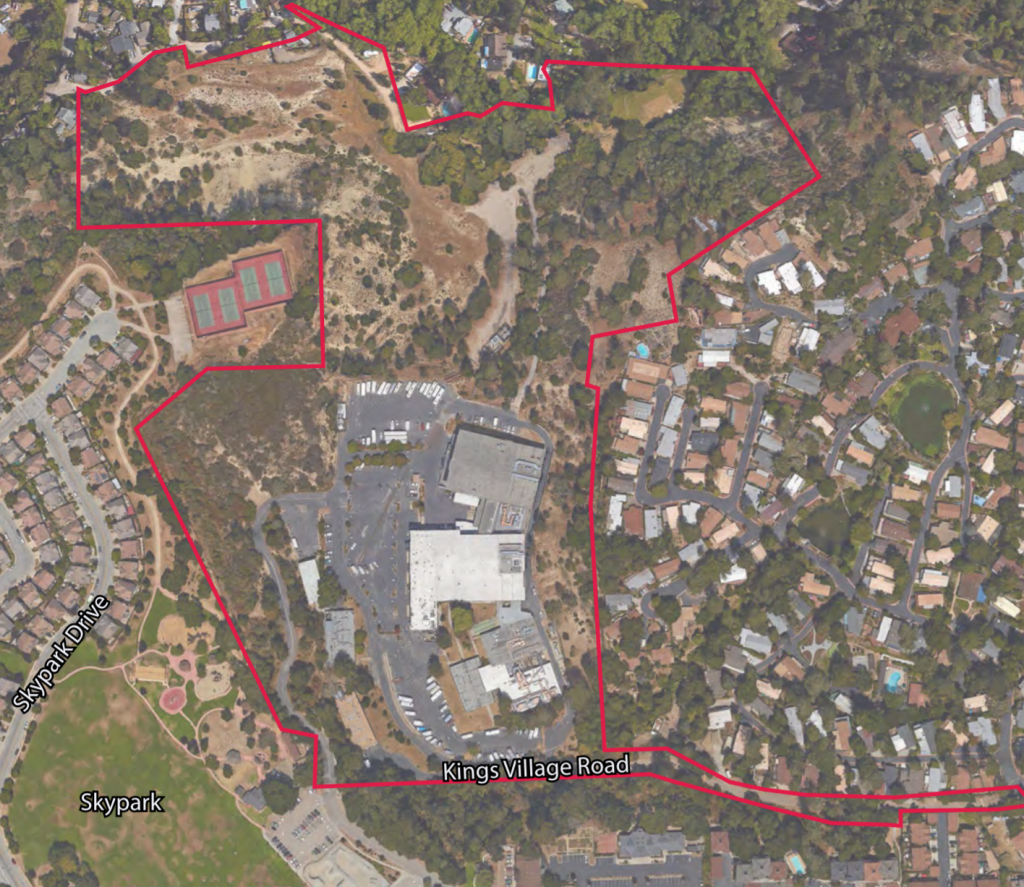
“This is the wrong project at the wrong time,” said Councilmember Jim Reed.
While residents expressed concern over potential health effects that stemmed from a required cleanup at part of the property that was an industrial furnace factory, the council balked at the proposal because the developers did not detail their development plans.
“If I could see the project, I could see moving forward,” said Councilmember Jack Dilles.
Joe Appenrodt, a local commercial real estate broker, developer and leader of 440 Kings Village LLC, requested that city leaders change the zoning from industrial to residential. Appenrodt said a project would expand housing stock and renew Santa Cruz County’s only Environmental Protection Agency superfund site. Superfund sites are polluted locations around the country where contamination is severe enough to require long-term remediation efforts.
But the developers were vague on the details. They promised to build 60 to 84 units, most likely single family homes.
The developers also pledged to designate 15% of the housing as affordable, most likely in the form of in-law units. Scotts Valley housing law requires 15% of housing projects larger than six units be made affordable.
But councilmembers said approving zoning changes without a more detailed plan wasn’t prudent.
“I’d like to see a plan with detailed individual units and a project that is baked and ready to go,” Reed said.
Vice Mayor Derek Timm voted against the plan. But he said he was attracted to the potential to clean toxic contaminants that persist at the property.
The site was an industrial furnace manufacturing plant for Watkins-Johnson from 1963 to 1999. Aviza Technology also manufactured semiconductors there from 2003 to 2009.
The EPA detected carcinogenic chemicals that include trichloroethylene in the developed part of the land in 1987. The agency conducted cleanups at the site since the early 1990s.
“There is still some contamination at the site,” said Brian Milton with the EPA, during the meeting.
Had the zoning change been approved, the EPA would have been required to begin a new process to clean up the site, as it must adhere to stricter soil contamination standards when parcels shift from industrial to residential zoning.
A cleanup would mean the removal of a cap that seals contaminated soil. That process was the most consistent concern raised by residents who opposed the project.
“I am a resident of Skypark with two young children and I have incredibly grave concerns about the potential health repercussions for all of our community members,” said Elizabeth Anderson.
Another caller, Corey Ward, said he feared for the health of his children who live in proximity.
“It’s the only superfund site in Santa Cruz County and they want to build on it,” he said. “This seems reckless.”
Sal Caruso, who spoke on behalf of the developers, said the EPA remediation was safe and would leave the city in a better environmental position.
“If any of the water pipes burst on the property, the cap is worthless,” Caruso said. “Keeping contamination in place is no guarantee that it stays in place.”
Milton said the EPA believes the site can be cleaned sufficiently to allow residential use.
“There is a safe way for this site to be reused for a residential use,” Milton said.
Several callers weighed in during the meeting in support of creating more housing.
“It’s important to be adding as much housing as possible, especially housing that is near transit like this project is planning,” said Rafa Sonnenfeld, a Santa Cruz resident.
The council indicated it would be receptive to a future proposal with specificity about the number of units, the affordable housing configuration, entrances and exits of the project and other details.
Matthew Renda is a freelance writer who has garnered multiple awards for his reporting. His work has appeared in the Santa Cruz Sentinel, the Mercury News, CNET, CBS News, The Atlantic and Outside Magazine. He lives in Watsonville with his wife, Jessica, and their two children.


